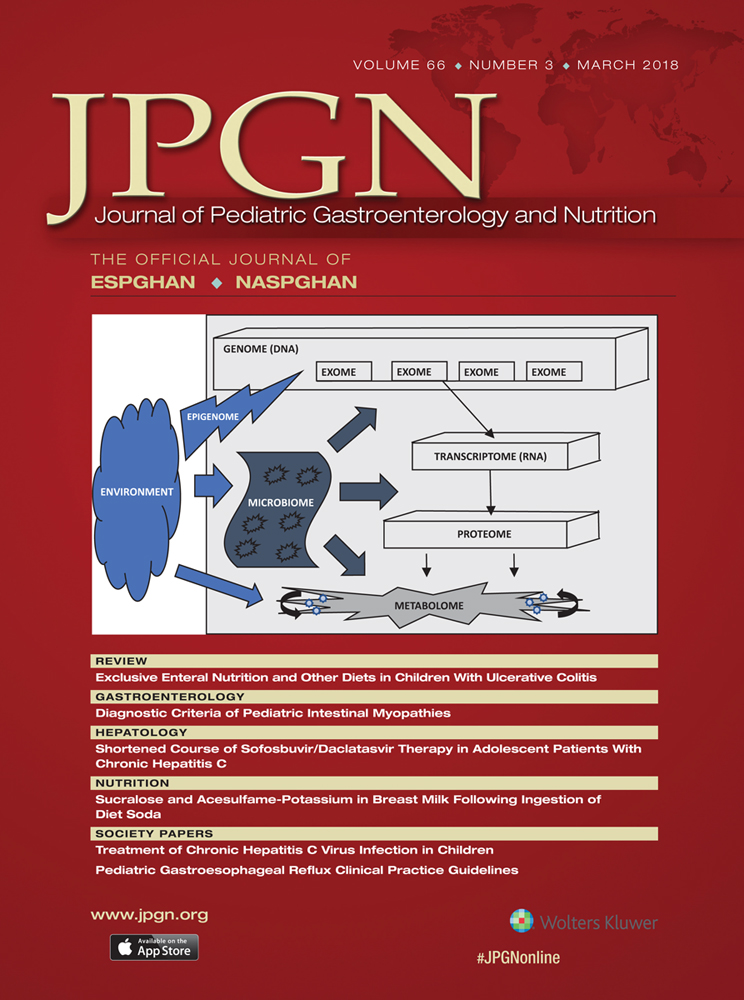Cesarean Section on the Risk of Celiac Disease in the Offspring
The Teddy Study
Members of the TEDDY Study Group are listed in a Supplemental Data File.
Funding Source: National Institute of Health (NIH), Department of Health and Human Services (DHHS), the National Institute of Diabetes and Digestive and Kidney Diseases (NIDDK), National Institute of Allergy and Infectious Disease (NIAID), National Institute of Environmental Health Sciences (NIEHS), National Institute of Child Health and Human Development (NICHD), Juvenile Diabetes Research Foundation (JDRF), Centers for Disease Control and Prevention (CDC).
Financial support: The TEDDY study is supported by the following grants: U01 DK63829, U01 DK63861, U01 DK63821, U01 DK63865, U01 DK63863, U01 DK63836, U01 DK63790, UC4 DK63829, UC4 DK63861, UC4 DK63821, UC4 DK63865, UC4 DK63863, UC4 DK63836, UC4 DK95300, UC4 DK100238, UC4 DK106955, and Contract No. HHSN267200700014C from the National Institute of Diabetes and Digestive and Kidney Diseases (NIDDK), National Institute of Allergy and Infectious Diseases (NIAID), National Institute of Child Health and Human Development (NICHD), National Institute of Environmental Health Sciences (NIEHS), Juvenile Diabetes Research Foundation (JDRF), and Centers for Disease Control and Prevention (CDC). This work supported in part by the NIH/NCATS Clinical and Translational Science Awards to the University of Florida (UL1 TR000064) and the University of Colorado (UL1 TR001082).
The authors report no conflicts of interest.
Supplemental digital content is available for this article. Direct URL citations appear in the printed text, and links to the digital files are provided in the HTML text of this article on the journal's Web site (www.jpgn.org).
ABSTRACT
Objective:
Cesarean section (C-section) is associated with various immune-mediated diseases in the offspring. We investigated the relationship between mode of delivery and celiac disease (CD) and CD autoimmunity (CDA) in a multinational birth cohort.
Methods:
From 2004 to 2010, infants from the general population who tested positive for HLA DR3-DQ2 or DR4-DQ8 were enrolled in The Environmental Determinants for Diabetes in the Young (TEDDY) study. Children were annually screened for transglutaminase autoantibodies, if positive, they are retested after 3 to 6 months and those persistently positive defined as CDA. Associations of C-section with maternal (age, education level, parity, pre-pregnancy weight, diabetes, smoking, weight gain during pregnancy) and child characteristics (gestational age, birth weight) were examined by Fisher exact test or Wilcoxon rank-sum test. Hazard ratios (HRs) for CDA or CD were calculated by Cox proportional hazard regression models.
Results:
Of 6087 analyzed singletons, 1600 (26%) were born by C-section (Germany 38%, United States 37%, Finland 18%, Sweden 16%), and the remaining were born vaginally without instrumental support; 979 (16%) had developed CDA and 343 (6%) developed CD. C-section was associated with lower risk for CDA (hazard ratio [HR] = 0.85; 95% confidence interval [CI] 0.73, 0.99 P = 0.032) and CD (HR = 0.75; 95% CI 0.58, 0.98; P = 0.034). After adjusting for country, sex, HLA-genotype, CD in family, maternal education, and breast-feeding duration, significance was lost for CDA (HR = 0.91; 95% CI 0.78, 1.06; P = 0.20) and CD (HR = 0.85; 95% CI 0.65, 1.11; P = 0.24). Presurgical ruptured membranes had no influence on CDA or CD development.
Conclusion:
C-section is not associated with increased risk for CDA or CD in the offspring.




